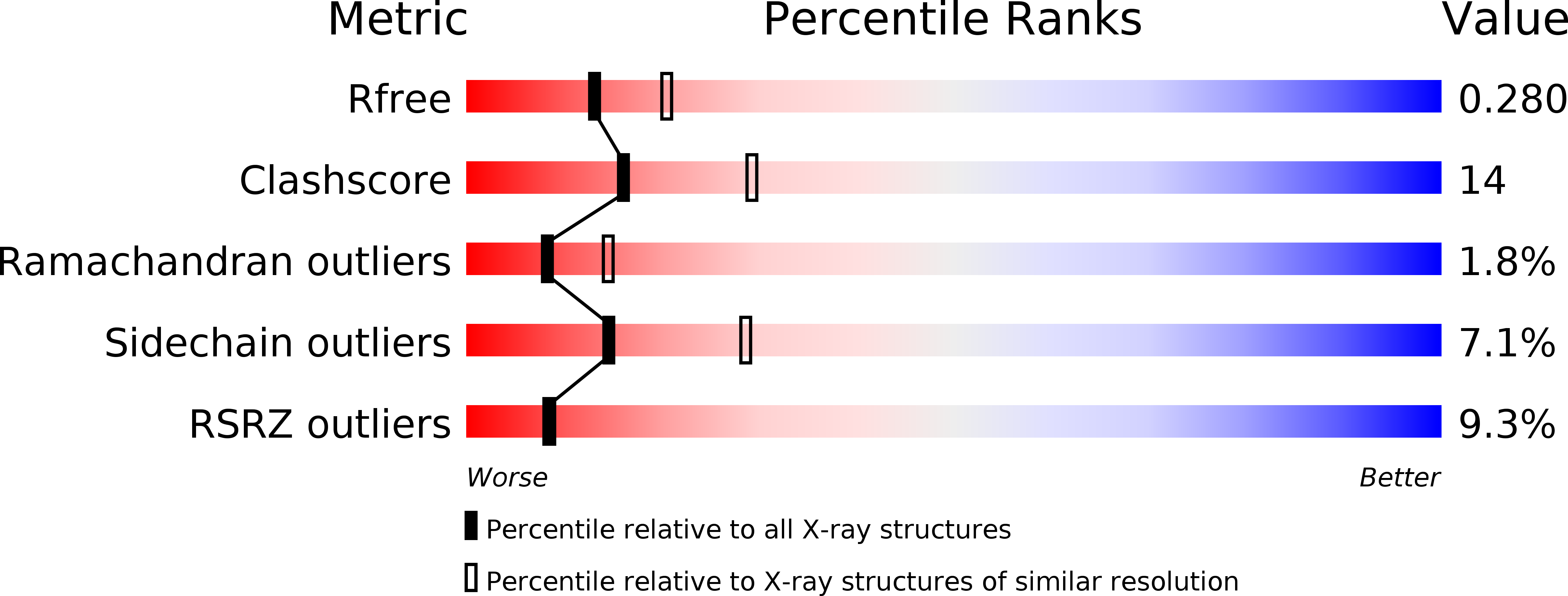
Deposition Date
2007-12-31
Release Date
2008-11-11
Last Version Date
2024-10-30
Method Details:
Experimental Method:
Resolution:
2.50 Å
R-Value Free:
0.27
R-Value Work:
0.25
R-Value Observed:
0.25
Space Group:
P 6 2 2


